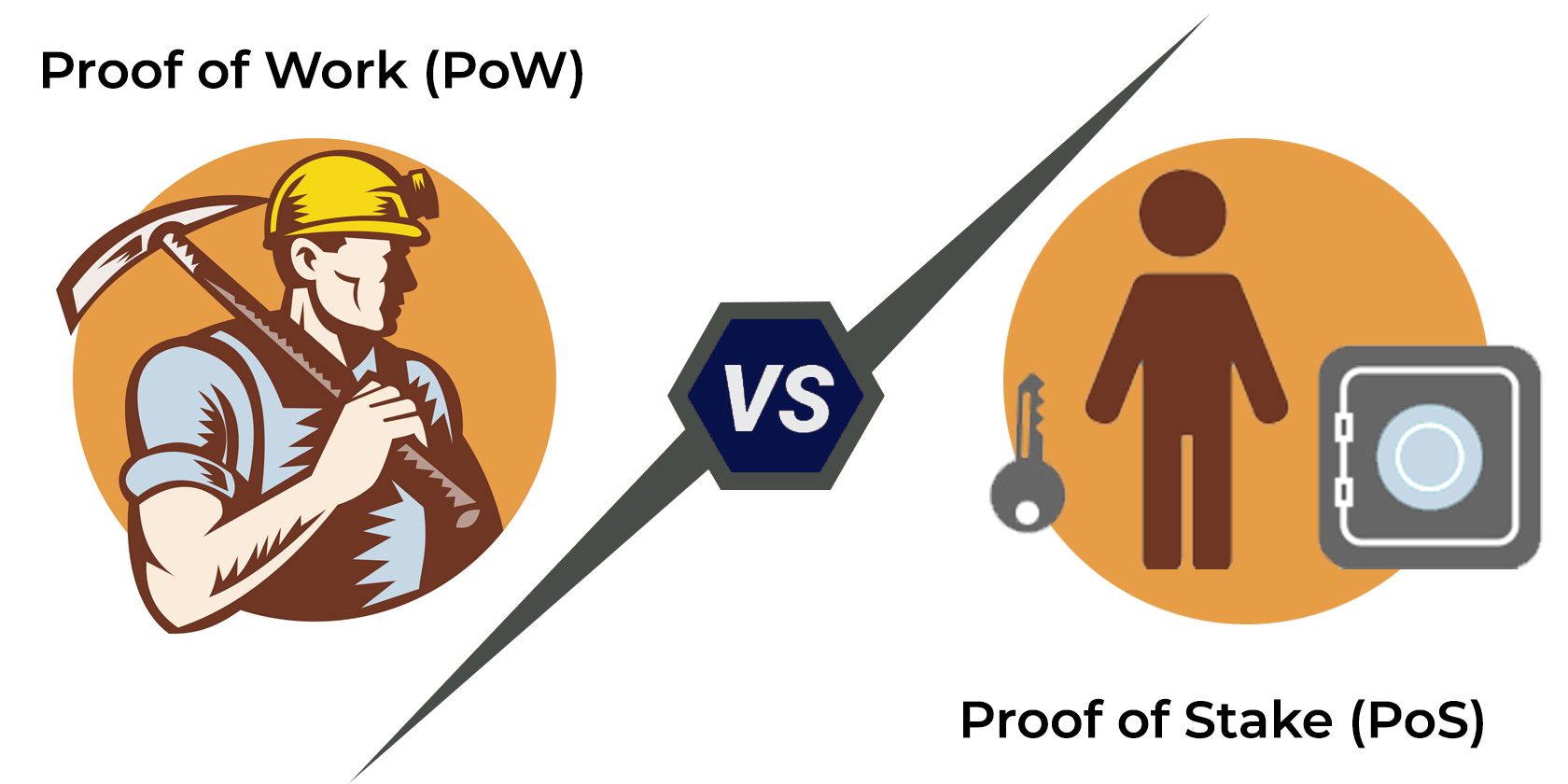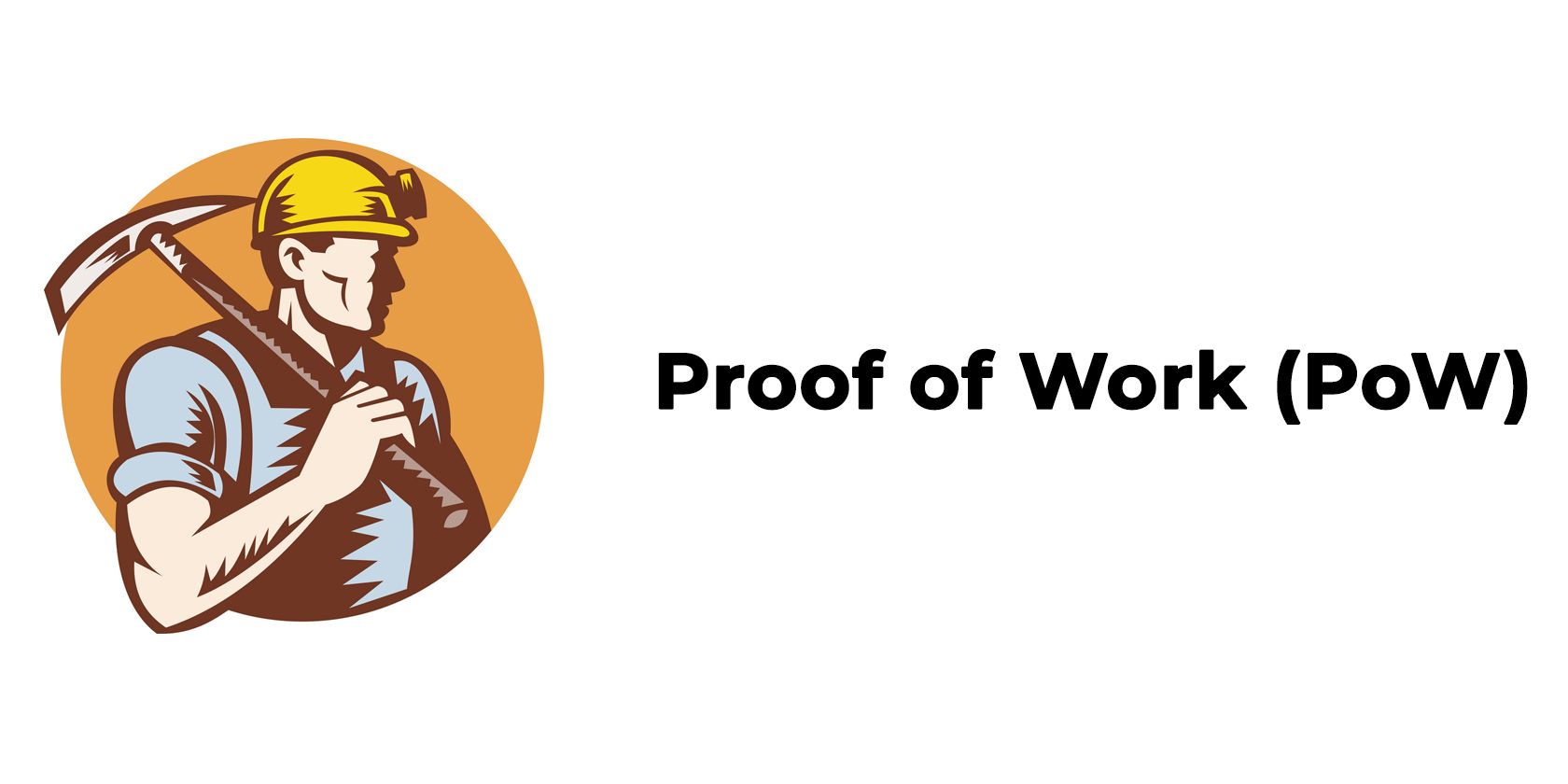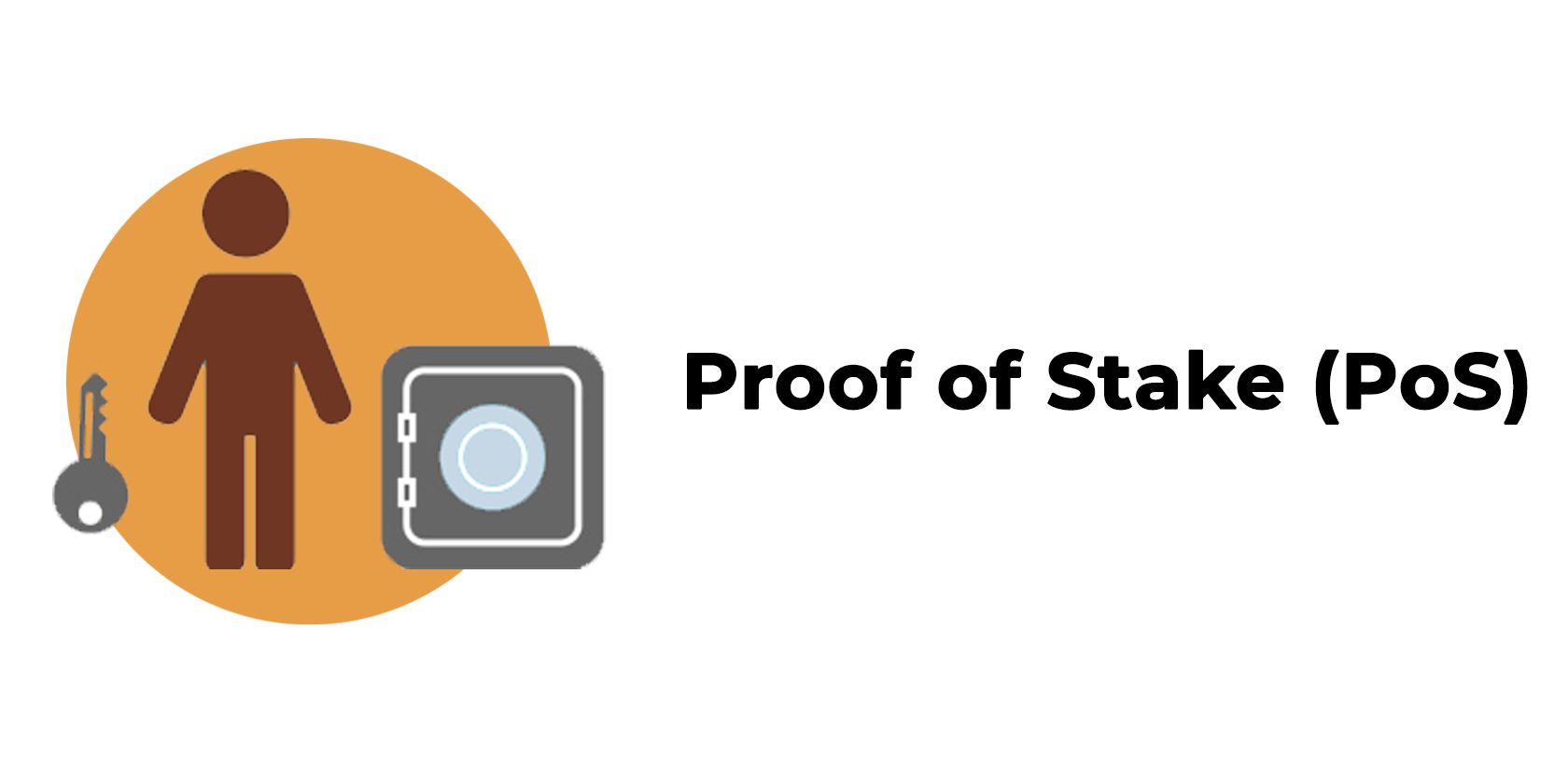In today’s modern economy, banks and governments have the absolute power and authority to accept or deny transactions involving fiat currencies such as the US dollar.
Cryptocurrencies like Bitcoin take a different approach, eliminating the need for such authorities. In the absence of such regulatory bodies, digital currencies use consensus mechanisms to ensure fair governance—similar to a democratic system.
Proof of Work (PoW) and Proof of Stake (PoS) are two of the most well-known consensus mechanisms in use today. Before exploring how these consensus mechanisms work in modern-day cryptocurrencies, we must first understand why they are necessary in the first place.
Blockchains and Consensus Mechanisms: What Are They?
Simply put, a blockchain is a digital ledger of transactions. Bitcoin, the world’s first blockchain-based cryptocurrency, pioneered this concept in 2009. Since its release, every Bitcoin-related transaction has been recorded to its blockchain, which is publicly viewable and verified at any time.
While adding new transactions to a ledger sounds like a simple task on the surface, the actual process requires the inclusion of a few safeguards. This is because nobody should be able to submit fraudulent transactions to the blockchain, nor should anyone be able to alter past transactions in their favor.
Instead, new transactions have to be proposed and verified for accuracy.
Other participants on the cryptocurrency’s network volunteer to verify the authenticity of new transactions in exchange for a reward. This verification process is what we call a "consensus mechanism" or algorithm. New transactions are verified every few minutes, depending on the cryptocurrency in question.
Bitcoin uses the Proof of Work (PoW) consensus mechanism, while Ethereum is currently transitioning away from PoW in favor of Proof of Stake (PoS).
Proof of Work (PoW): An Introduction
As stated above, Proof of Work was the first consensus algorithm and is in use by the vast majority of cryptocurrencies. In PoW-based cryptocurrencies, transactions are confirmed by ‘miners’ who compete for a reward.
Miners complete difficult "tasks" to add a new block of transactions to the blockchain. This usually involves solving a complex mathematical problem such as a cryptographic hash function, which requires significant computational resources.
Using this concept of "work," the network protects against malicious and fraudulent actors. For a PoW-based cryptocurrency to be compromised, the attacker must contribute a humongous amount of computational power. This is simply infeasible and impossible in a large and established network such as Bitcoin, which has thousands of unique and honest miners.
Once a miner finds the solution to a particular block’s hash function, their result is easily verifiable. Other participants on the network then verify the miner’s results and approve the block’s addition to the blockchain.
How Miners Turn a Profit in PoW Cryptocurrencies
Miners from around the world compete with each other to find the solution before anyone else. The fastest miner gets rewarded with a block reward, which is usually substantial. Bitcoin, for instance, currently rewards successful miners with 6.25 BTC—valued at well above $300,000. Even if a miner is only lucky enough to mine a handful of blocks a day, the upside potential is huge.
The difficulty of solving the cryptographic hash function in most cryptocurrencies is variable and depends on the amount of computational power on the network. Bitcoin, for example, is designed to generate blocks every ten minutes.
If the number of miners suddenly increases, though, blocks may be generated quicker. To combat this, the difficulty is adjusted every 2016 blocks. In other words, more miners joining the network reduces the likelihood of finding a block for everyone else.
These days, it’s nearly impossible for a single individual to own and operate enough computational power to find a block before the competition. This is where mining pools come in.
A mining pool combines computational power from thousands of miners worldwide to improve their chances of finding a block. This way, even hobbyist miners with a low starting budget can profitably partake in the activity. If the pool manages to find a block, the reward is split between all participating miners, proportional to their computational contribution.
Proof of Stake: A More Modern Consensus Mechanism?
Unlike Proof of Work, which debuted with Bitcoin in 2009, the Proof of Stake consensus mechanism wasn’t widely known until recently. Ethereum, the second-largest cryptocurrency in the world, is currently adopting PoS as part of its ETH 2.0 upgrade strategy.
Proof of Stake is a completely different take on transaction verification in blockchain networks. Instead of relying on miners offering up computational power, PoS networks assign voting privileges to cryptocurrency owners. As the name suggests, users have to "stake" their cryptocurrency holdings to vote on the legitimacy of new transactions.
Transaction validators in a PoS-based cryptocurrency are assumed to be honest because they have an active interest in keeping their own holdings safe. After all, successful attacks on the network would only weaken their own interests.
Ethereum, for example, requires users to stake a minimum of 32 ETH to become a validator. From that point on, this 32 ETH is locked up for a period. The individual is then asked to validate a handful of blocks every now and then.
However, if their vote is deemed malicious by other validators, their staked ETH will be confiscated for bad behavior. Honest validators, meanwhile, are rewarded.
Proof of Stake brings down the computational requirements significantly when compared to PoW—significantly lowering the barrier of entry for validators. In fact, you can even get started with a small, low-cost computer like a Raspberry Pi. Since there is no puzzle solving or difficulty involved, transactions can also be verified quicker—leading to faster confirmations.
That being said, only relatively rich participants can afford to stake their cryptocurrency in significant amounts, creating a different, but still significant, barrier to entry. Ethereum’s 32 ETH minimum requirement, for instance, means that an individual needs to lock up $70,000 worth of digital currency to begin staking.
Is PoS the Future of Cryptocurrency?
Despite the advantages of Proof of Stake, many cryptocurrencies are not in a hurry to migrate anytime soon. Chief among these is Bitcoin, whose developers and community members see no reason to shift away from PoW.
Even though Proof of Work is a computationally expensive mechanism (which has a tremendous environmental cost), it’s the most stable and attack-resistant at the moment.
Over the past decade, Bitcoin has been sufficiently battle-tested to the point where it can sustain a market cap of $1 trillion without the fear of an attack. This stability has also inadvertently led to the cryptocurrency’s adoption as a store of value among governments and investment bankers.
Ethereum, on the other hand, needs to innovate because it serves a completely different use case. Since its inception, Ethereum was intended to be a smart contract and Web 3.0 platform first. To achieve this, Ethereum needs to process thousands of transactions per second at nominal fees.
At the end of the day, both consensus mechanisms have their place in the cryptocurrency ecosystem.



